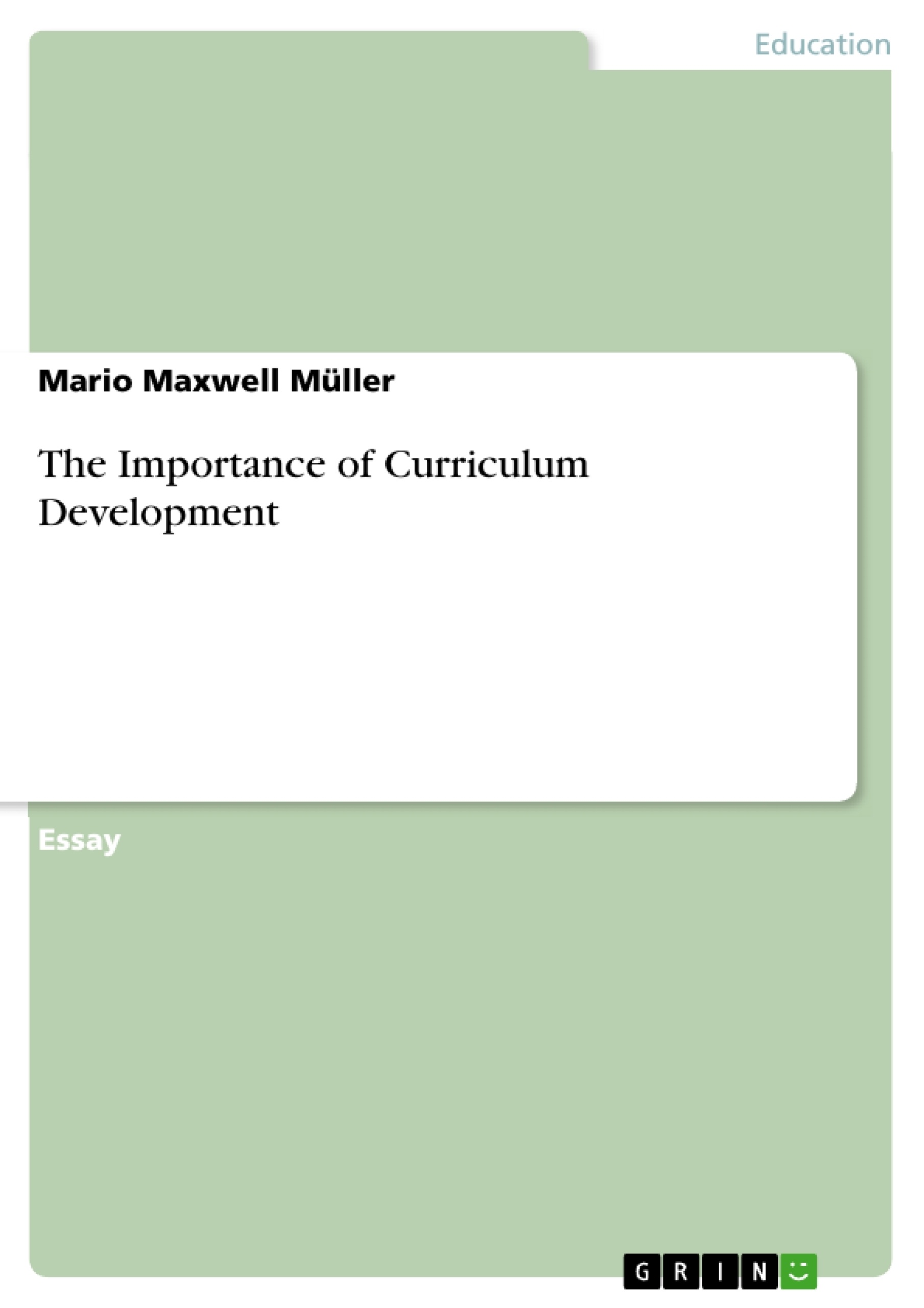What is the core ideology of why we become educators? The following essay hopes to answer questions posed by a reading set by Elliot Eisner. Focusing on the reading questions the ability for students to understand what they are learning, asking specific questions related to the content of their education. The curriculum ideally answers those questions, whether you are thinking of introducing a PYP (Primary Years Programme), MYP (Middle Years Programme), and IB DP (International Baccalaureate Diploma) with the intention for your students to become lifelong learners, equally responsible and taking ownership for their learning. The IB philosophy and curriculum clearly outline the different learner profiles focusing on students becoming natural inquirers, sharing ideas, and using their IB skills of being natural inquirers focusing on integrating cultural differences and teaching a student a level of respect, tolerance, and understanding.
Table of Contents
- Abstract
- Introduction
- What kind of problems and activities do students engage in?
- What connections are students helped to make between what they study in class and the world outside of school?
- What opportunities do students have to work cooperatively to address the problem that they believe to be important?
Objectives and Key Themes
The essay explores the importance of curriculum development in fostering student engagement and addressing real-world challenges. It examines how curriculum design can help students develop critical thinking skills, connect their learning to the world outside of school, and work collaboratively to solve problems.
- The role of curriculum in supporting student understanding and engagement.
- The importance of connecting classroom learning to real-world experiences.
- The benefits of fostering collaborative learning environments.
- The need for curricula to accommodate diverse learners, including students with English as an Additional Language (EAL) and Gifted and Talented (G&T) students.
- The challenges and opportunities of integrating technology into education.
Chapter Summaries
- Abstract: Introduces the essay's focus on the importance of curriculum development in addressing student needs and fostering lifelong learning. It highlights the role of the International Baccalaureate (IB) program and its emphasis on inquiry-based learning and cultural understanding.
- Introduction: Discusses the evolution of education and the increasing role of technology in the learning process. It emphasizes the importance of making education accessible to students from diverse backgrounds and cultures.
- What kind of problems and activities do students engage in?: Explores the various challenges faced by students in school settings, including social isolation, learning styles, and the need for a curriculum that accommodates diverse learning needs. The essay highlights the importance of the "principled" learner profile in the IB framework.
- What connections are students helped to make between what they study in class and the world outside of school?: Emphasizes the importance of clear course outlines and the need for students to understand the relevance of their learning to real-world situations. It highlights the role of connecting learning experiences inside and outside the classroom.
- What opportunities do students have to work cooperatively to address the problem that they believe to be important?: Discusses the importance of collaborative learning opportunities and the need for teachers to create positive classroom environments where students can engage in constructive dialogue and problem-solving.
Keywords
This essay focuses on key concepts such as curriculum development, student engagement, lifelong learning, International Baccalaureate (IB) program, diverse learners, collaborative learning, and real-world applications of education.
- Quote paper
- Mario Maxwell Müller (Author), 2022, The Importance of Curriculum Development, Munich, GRIN Verlag, https://www.grin.com/document/1240294



